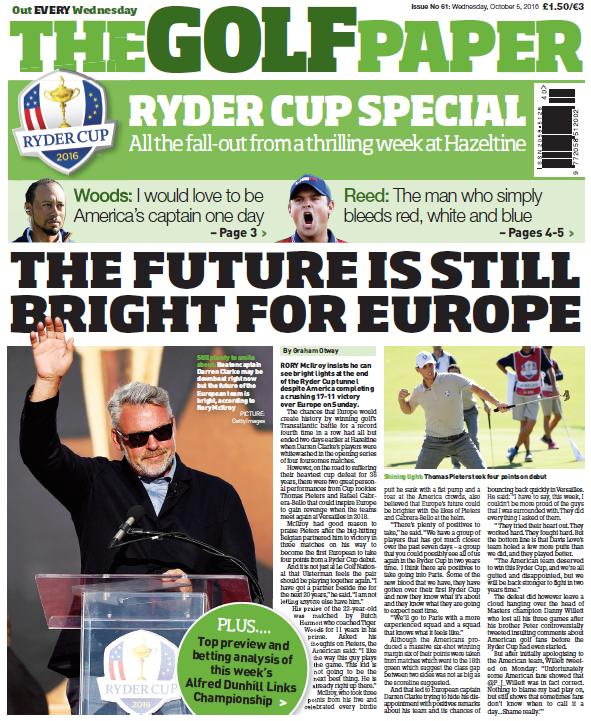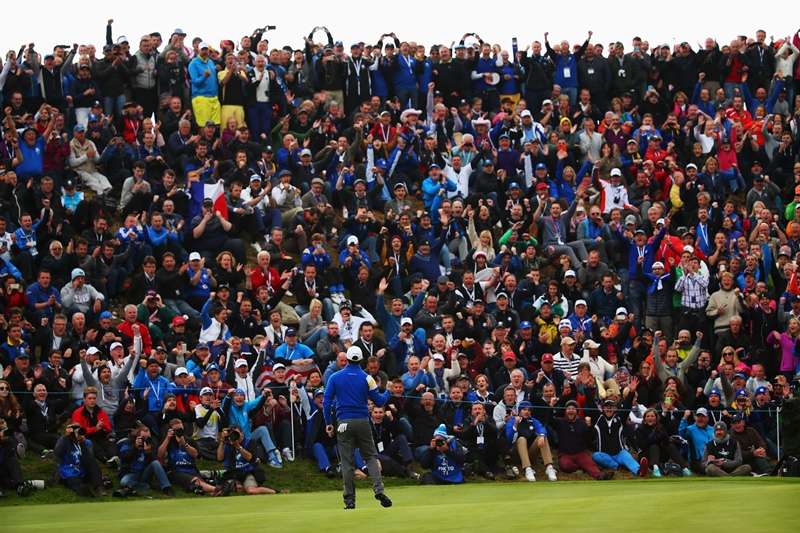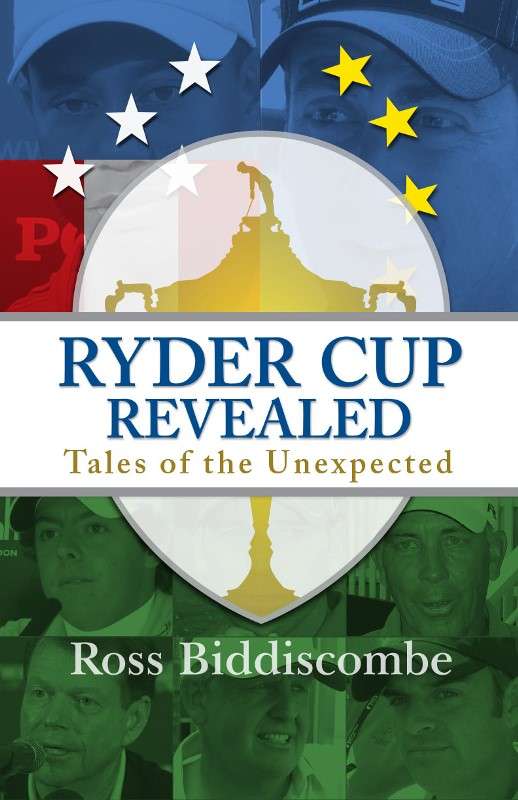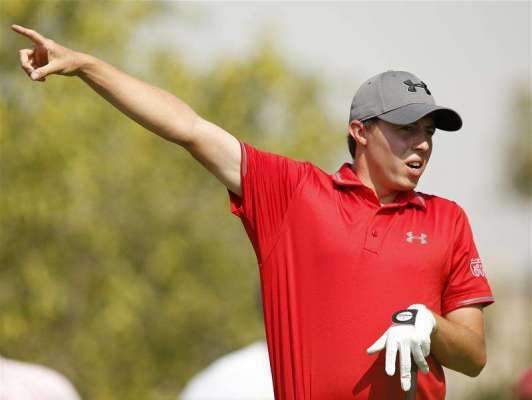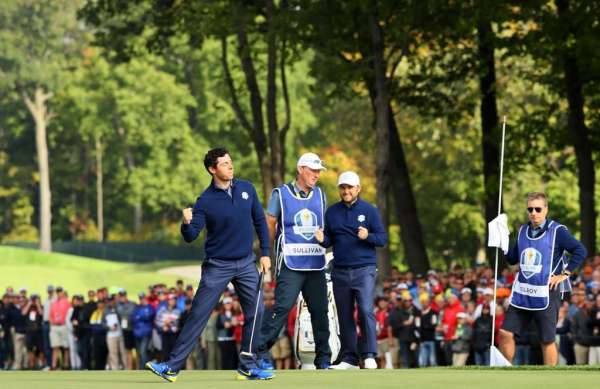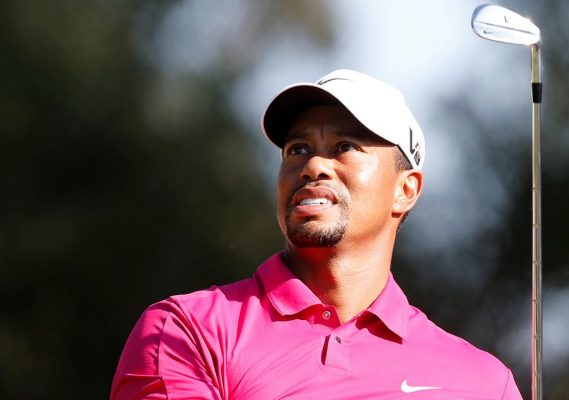Golf news
Q&A with Ryder Cup author Ross Biddiscombe
by Alex Narey
It’s Ryder Cup year – the 41st match takes place this autumn in Minnesota – and The Golf Paper has signed a new columnist to provide unrivaled insight and understanding of both the news stories and the history behind the next clash between Europe vs USA.
Before the column starts next week, TGP interviews Ross Biddiscombe, bestselling author of Ryder Cup Revealed: Tales of the Unexpected, about his acclaimed book, his wealth of Ryder Cup knowledge and why his column will be unmissable.
TGP: So, the first question is obvious: what’s going to make this column unmissable?
RB: Well, I’ve spent 20 years working in the golf business and writing about it, but I’ve never found a subject that provokes more passion than the Ryder Cup. But, although there’s always a lot of coverage of the Cup, there’s not enough investigation of what goes on behind the scenes, the cultural differences between the two continents, the politics and even the economics. All these things actually influence the result, so I’ll be taking an out-of-the-box view of how everything is shaping up for Hazeltine, including how today’s events are shaped by the Ryder Cups of the past.
TGP: Can you give an example?
RB: Well, we watch the matches in the 21st century and there’s all these crowds, this sponsorship and this money, but how did all that happen? Not when, but why and is it the same on both sides of the Atlantic, especially for the players? So, it’s not big news, that economics has influenced the match results in the past, but, guess what, the future economic health of the Ryder Cup is not guaranteed – remember, the matches nearly ended three times already due to lack of funds.
TGP: So is that what the column’s going to be about?
RB: Exactly, I will look deeper inside the world of golf, but also outside it as well to give the Ryder Cup news some proper perspective because what Rory and Jordan do and say today is directly descended from what the likes of Walter Hagen and Henry Cotton did many decades ago. There is so often a line that joins the present with the past in the Ryder Cup and putting it all in context gives us more understanding.
TGP: It sounds like the column’s going to be from a historian’s angle more than from a news reporter’s.
RB: Well, it will be from both angles. For example, the first column next week will talk about the rivalry. Now this is one of the most fascinating aspects of the Ryder Cup because there’s been ultimate integrity (like the Jack Nicklaus concession to Tony Jacklin in 1969) juxtaposed directly with near-hatred between some of the opposing players. Even in that year, the GB skipper Eric Brown was a man who admitted a complete revulsion of Americans. But those feelings of loathing are important. Every team needs to have a pantomime villain who is the focus for the opposing fans because they create the unique atmosphere. The peacock that is Ian Poulter plays that role for American fans and, in 2014, Patrick Reed got the boos from European supporters. It’s all quite healthy for the event.
TGP: So the two teams need to be the stone in each other’s shoe?
RB: Exactly. And my column will investigate and contextualise things like this. Loving to hate each other is something Americans and Europeans do naturally, not just in golf, and it’s what makes Ryder Cup crowds react with such fervor. In some ways, the more the two teams dislike each other, the better.
Ross Biddiscombe’s monthly column starts next week exclusively in The Golf Paper. Ryder Cup Revealed: Tales of the Unexpected is available via all major book stores and websites in hardback and eBook formats. For a signed copy, go to www.rydercuprevealed.com
Tagged Ryder Cup, Ryder Cup 2016
